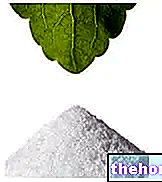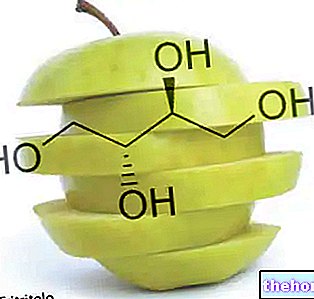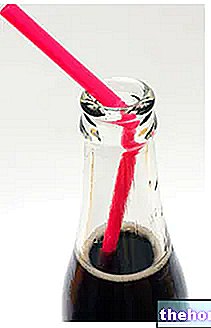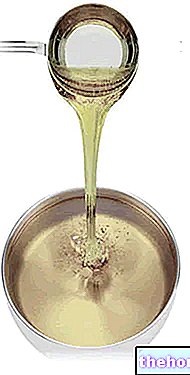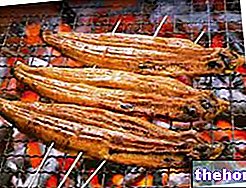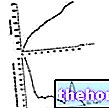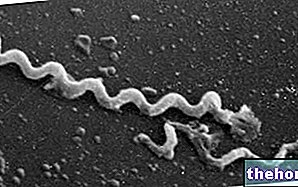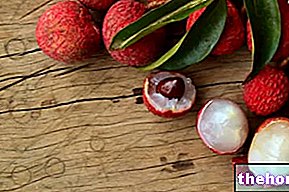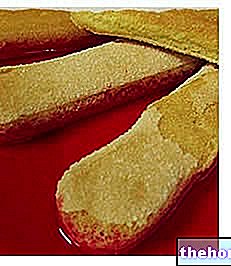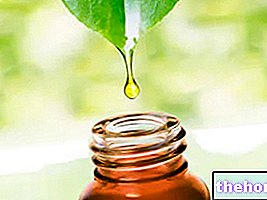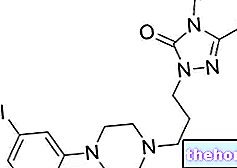Characteristics and use as a sweetener
Acesulfame K is an intensive sweetener fortuitously discovered by the German chemists Clauss and Jensen in 1967. Although slightly higher values have been reported, it exhibits a sweetening power about 200 times higher than a 3% sucrose solution (the intensity depends the concentration of the solutions with which it is compared).
.jpg)
Usually the sweetening power of acesulfame K is considered to be about half that of saccharin, similar to aspartame and 4 or 5 times sweeter than cyclamate sodium.
By tasting acidic foods and drinks sweetened with acesulfame K, a slightly higher sweetening power is perceived than neutral solutions at the same concentration.
The sweet taste is perceived immediately, earlier than other sweeteners such as aspartame and halitame, it is not persistent and in any case does not last longer than the taste of the food itself in which it is contained. Highly concentrated aqueous solutions of Acesulfame K may seem slightly bitter, but in foodstuffs with low concentrations this has never been shown. As with most intensive sweeteners, the different taste depends on the products it is used with.
A strong synergistic effect of intensity of sweetness was noted in blends of Acesulfame K with aspartame or sodium cyclamate, while the effect is almost absent with saccharin. Acesulfame K also exhibits synergism with halitame, fructose, sucralose, high corn syrup. fructose and thaumatin content Favorably seen for their overall characteristics are the following weight / weight mixtures: Acesulfame K / aspartame 1: 1 and Acesulfame K / sodium cyclamate 1: 5.
In particular Acesulfame K / aspartame and Acesulfame K / aspartame / saccharin / cyclamate give foods a taste not very different from the known one of sucrose.
In the Acesulfame K and aspartame or sucralose blends the prolonged sweet taste effect due to the last two sweeteners is considerably reduced. The mixture of Acesulfame K with alcohols deriving from sugars such as xylitol, maltitol and sorbitol with ratios of about 1: 100 is also favorable. -200.
Acesulfame K is a product with an appearance of white crystalline powder, odorless and very soluble in water. The life of the pure solid compound seems unlimited at room temperature. Samples kept in these conditions for more than 6 years and exposed or not to light not they show signs of decomposition or different analytical data than freshly synthesized samples. Acesulfame K has no final melting point; when a sample is heated under melting conditions, decomposition is observed at temperatures well above 200 ° C. Decomposition appears to depend on the rate of heating; no decomposition is observed at the temperature conditions foreseen for additives.
Acesulfame K can be used as a sweetening agent for a wide range of products; it is widely used in low calorie foods, diabetic foods, oral care preparations, pharmaceuticals and even pet foods. Due to its high stability at low pH it can be used for acidic drinks or foods; it is also suitable for bakery products (decomposes at temperatures well above 200 ° C).
Safety of use and Side Effects
Acesulfame K is not metabolised by humans. Acesulfame K containing labeled carbon (isotope 14), administered to rats, dogs and pigs, was used to investigate possible metabolic transformations. The studies did not reveal any metabolism, so the same experiment was repeated in volunteer men, in both cases Acesulfame K was excreted intact. Since this artificial sweetener is not metabolized, it is not attributed any caloric intake and no influence on blood sugar. Pharmacokinetic studies always carried out on rats, dogs, pigs and human volunteers have shown that Acesulfame K is rapidly absorbed and excreted in the urine; moreover, it is not accumulated in the tissues, even after high doses. Finally, it is not metabolized by the bacteria responsible for the formation of caries and is therefore acaryogenic.
Toxicological studies for sweeteners are of crucial importance for their approval and subsequent use. A wide range of toxicological studies have been performed for Acesulfame K and all have shown that it is a non-toxic compound suitable for use as an intensive sweetener. The ADI (Acceptable Daily Intake) is 0-9 mg / kg body weight in the EU (by the Scientific Committee for Foods), while it rises to 15 mg / kg for the FDA (Food and Drug Administration) in the United States.
Other Foods - Sweeteners Acesulfame K Aspartame Sugar beet Sugar cane Sodium cyclamate Dextrose Sweeteners Erythritol Fructose Maltose Mannitol Molasses Saccharin Saccharose Maple syrup Agave syrup Fructose syrup Glucose syrup Sugar sorbitol Articles Stevia Sucralitol sugar SWEETENERS Categories Alcoholic Foods Meat Cereals and derivatives Sweeteners Sweets Offal Fruit Dried fruit Milk and Legumes Oils and Fats Fish and fishery products Salami Spices Vegetables Health recipes Appetizers Bread, Pizza and Brioche First courses Second courses Vegetables and Salads Sweets and Desserts Ice cream and sorbets Syrups, liqueurs and grappas Basic Preparations ---- In the Kitchen with leftovers Carnival recipes Christmas recipes Light diet recipes tici Recipes for the Holidays Recipes for Valentine's Day Vegetarian Recipes Protein Recipes Regional Recipes Vegan Recipes

